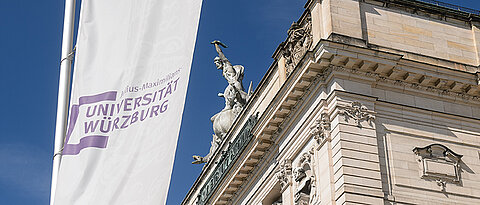
In the latest university ranking by Times Higher Education, several disciplines at the University of Würzburg perform excellently. ‘A strong signal,’ says President Paul Pauli.
more
In the latest university ranking by Times Higher Education, several disciplines at the University of Würzburg perform excellently. ‘A strong signal,’ says President Paul Pauli.
more
The Stifterverband has honoured a joint project between the universities of Würzburg and Bamberg: The University Pearl (Hochschulperle) for the year 2024 goes to "Teachers as Changemakers". The prize money amounts to 10,000 euros.
more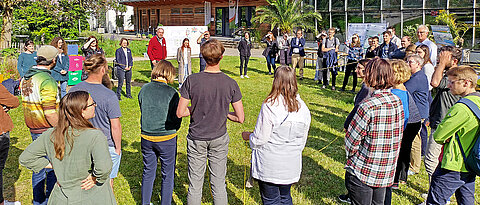
Julius-Maximilians-Universität Würzburg (JMU) is the first comprehensive university in Germany to be honoured with the "National Award - Education for Sustainable Development".
more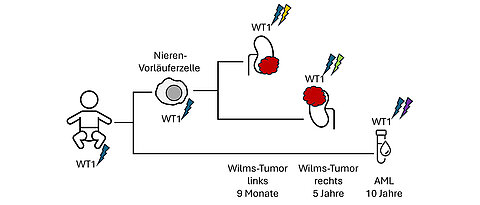
New research shows how cancer develops in children who are predisposed to Wilms' tumor. This could help to predict the development of tumors before they fully form or to develop new, targeted therapies.
more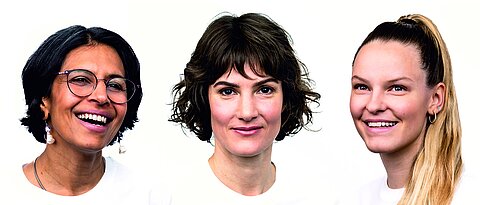
The Würzburg-Dresden Cluster of Excellence ct.qmat has opened a new exhibition showing portraits of female physics researchers. Its title: "RETHINKING PHYSICS. 100 years of quantum mechanics: Time for a female perspective!".
more
The InnoCube small satellite will test various technological innovations in space for at least a year. It was developed in a joint project between the University of Würzburg and TU Berlin.
more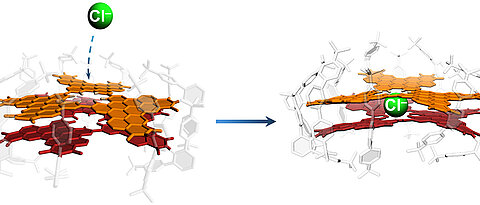
Würzburg chemists have for the first time created a defect in graphene that allows ions to pass through. As they report in ‘Nature’, this could lead to new applications in water filtration or sensor technology.
more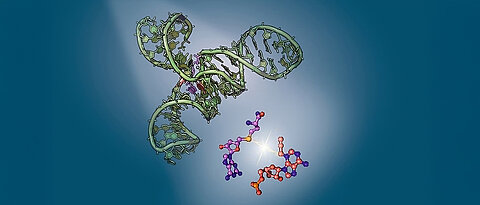
Researchers led by chemist Claudia Höbartner have now uncovered the 3D structure of the RNA enzyme SAMURI. Their study provides insights into the development of ribozymes and the evolution of catalytically active RNA.
more![[Translate to Englisch:] none](/fileadmin/_processed_/6/7/csm_0113Sonate-Braende-USA-www_e54845b248.png)
The Würzburg University satellite SONATE-2 has taken an impressive photo of the fires in California.
more
In a joint campaign, German-speaking universities and research institutions are immediately cancelling their activities on the X platform (formerly Twitter) - including the University of Würzburg.
more
A new look at cancer cells: Würzburg researchers show in the journal ‘Science’ how therapeutic antibodies work – thanks to an innovative method of super-resolution microscopy.
more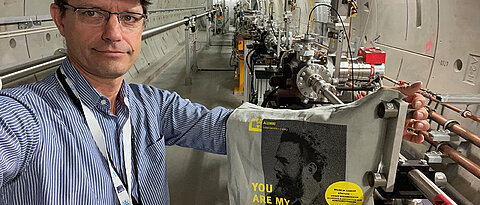
Physics alumnus Dr Jan Grünert works in a scientific institution with people from over 50 nations. His advice to students who want to go into research: gain as much experience abroad as possible!
more![[Translate to Englisch:] none](/fileadmin/_processed_/c/a/csm_1217NahaufnahmeSchwarzesLoch1www_7fb67a343c.png)
Two networks of telescopes zoom into a distant galaxy: they show, how pictures of a black hole and its jets become possible - and they confirm that there are strong magnetic fields there.
more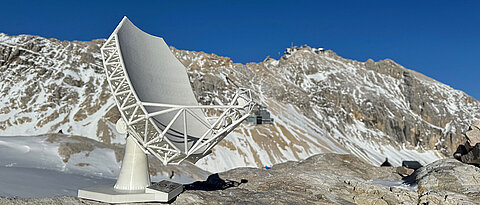
A new radio telescope on the top of Germany's Zugspitze mountain will help unravel the secrets of the universe. The project is led by the Chair for Astronomy at the University of Würzburg.
more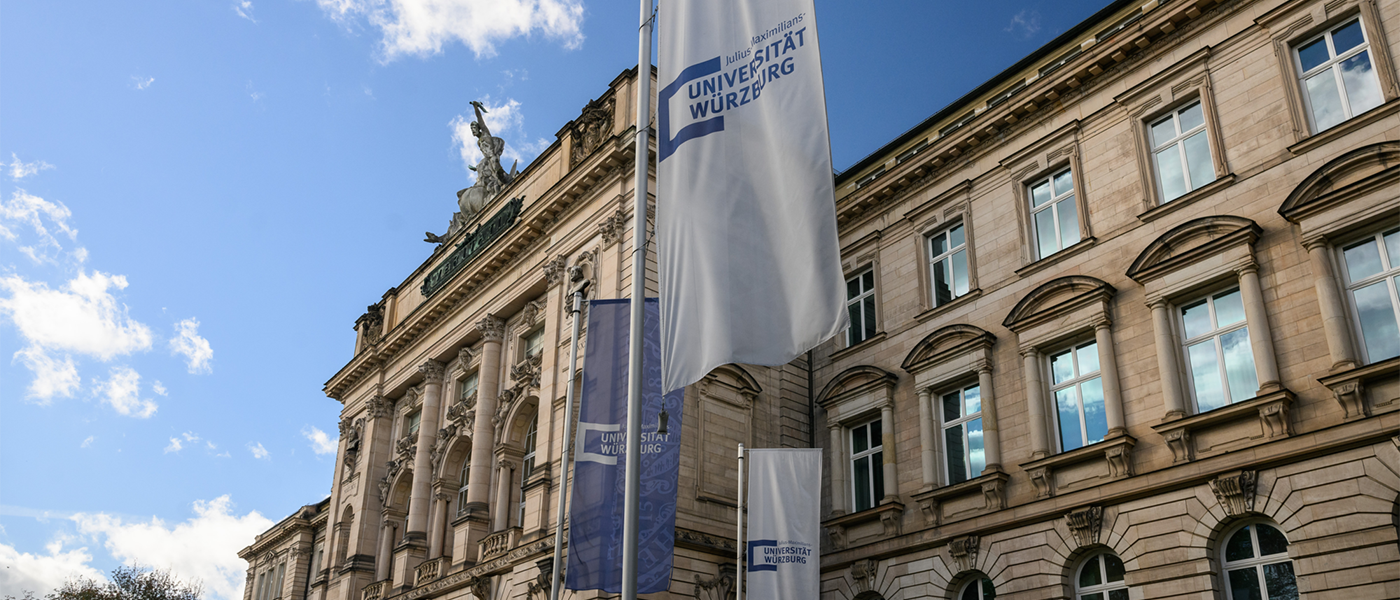
Students at the University of Würzburg award high marks for computer science, mathematics, and physics. In the CHE Master's Ranking 2024, all three subjects achieved strong results.
more